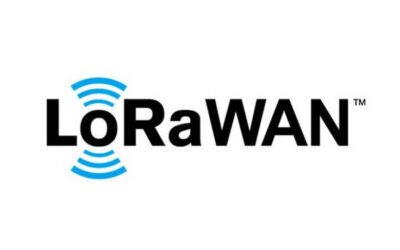What Is The Weakest Link In IoT Security?
The long-known cybersecurity axiom that “people are the weakest link” is no longer true since IoT applications are launched without human control. About 50% of companies are confident that they can detect security breaches in their Internet of Things products. Year by year, the number of IoT applications with more data-use, more processing, and less interaction with people is only growing. Therefore, it is impossible to categorically say that the human factor is the first in the list of threats.
Aduk GmbH is well-known german hardware company among the syber security seeking customers. But we are also recognizable for firmware programming and hardware development services.
Advantages And Disadvantages Of IoT Solutions
Just enter the query “the weakest link for cybersecurity” in the search engine, and the results will contain articles in which industry experts and hardware specialists identify employees or end-users as the greatest vulnerability.
Without a doubt, people commit reckless or simply unsafe actions and “open the door” to a great variety of security problems of different types of enterprises. Cybersecurity is under increased risk and it is partly due to the whole range of environments in which IoT applications operate. Most current large-scale IoT deployments use a form of three-tier architecture that includes a gateway, boundary, and cloud components.
Boundary devices are connected sensors and actuators/actuators that interact with real processes. Usually, these are small devices with low power consumption, often using the wireless protocol (Bluetooth, ZigBee, Thread, Z-Wave, sub-GHz), global networks with low power consumption (LPWAN), cellular IoT technologies, Wi-Fi.
A network gateway is a hub, which connects to groups of sensors. The main role of gateways is to convert various peripheral device protocols to IP for transmission to the corporate network. Gateways also play a key role in securing the peripheral edge of the device.
Android or iOS smartphones often serve as a gateway for consumer IoT devices. For industrial IoT devices, Multiprotocol gateways are usually created on a computer that uses small form factor blocks and operating systems. Edge or cloud computing architectures use improved gateways to speed up algorithm processing.
Cloud platforms are very familiar to most enterprise developers. In IoT applications, data from edge devices is received for processing, storage, and presentations. Algorithms can run on a cluster of servers or in a distributed computing environment such as Hadoop or Apache Spark. Business, forecast and prescriptive Analytics are also available from the cloud. In practice, there are many problems with cybersecurity in the IoT. Most of them can be mitigated with due attention to two areas. The first way is to stop simplistic attacks on endpoints using basic security measures for connected devices. Companies need to avoid installing devices with a standard password or PIN code — compromising their credentials is as easy as pulling out the battery and restoring factory settings.
Experts should pay attention to peripherals that use the “over-the-air” (OTA) update, which allows you to get updates for security systems over a long life cycle.
Constant Monitoring Is Required
According to a recently published survey of 950 IT-professionals and business decision-makers, only about 48% of companies are confident in their ability to detect IoT security hardware breaches.
During large-scale IoT deployments, data integrity needs constant monitoring, not just during pilot projects. An easy way to get into an unsecured IoT network is to connect an unauthorized edge device to a gateway and then use it to access others. Gaps in end-to-end encryption are also easy exploits. Unreliable elements of public cloud storage are similarly a serious drawback — and this is a good reason why many experts recommend using a hybrid cloud architecture. Private cloud storage providers provide customers with greater control over algorithm performance and data flow security.
Incorrect data may come from broken or faulty devices. They quickly spread throughout the system, and when an unwitting user at the presentation layer launches a business intelligence tool on it, incorrect data can cause problems. How does it teams identify vulnerabilities and failures that lead to data and results in corruption?
Company management needs to hire penetration testing specialists, preferably a contractor who is removed from the day-to-day development processes. It will be able to objectively assess the architecture of the enterprise or firm during the launch of pilot projects and full deployment.
You should make sure that the company’s architecture remains stable during failures of edge devices or gateways without any wave effects in the algorithms. In other words, protect your app from running for long periods of time with incorrect data streams. Before giving AI a free hand in the field of automated decision-making, it is worth considering an AI-based IoT Security Analytics tool to detect anomalies and quickly involve specialists in the process (resolving them).
It is important to refocus at least some cybersecurity experts on ongoing efforts to ensure data integrity, as well as provide them with information about new technologies and trends in the Internet of Things. The long-known cybersecurity axiom that people are the weakest link is no longer true since IoT applications are launched without human control. There are a few exceptions when people interact more closely with border areas, especially in the field of medical equipment. Year-on-year number of IoT applications with more data, more processing, and less interaction with it’s only growing.
Recent Posts
- What Is an Exoskeleton Suit?
- Where can you use an ultrasonic motor?
- Smart Camera: System That You Can Use for a Wide Variety of Purposes
- Why Is the Smart Toothbrush Better Than a Regular One?
- Microcontrollers: An Integral Part of Embedded Hardware
- Air Quality Monitoring System: Why It’s So Important in Modern Realities





